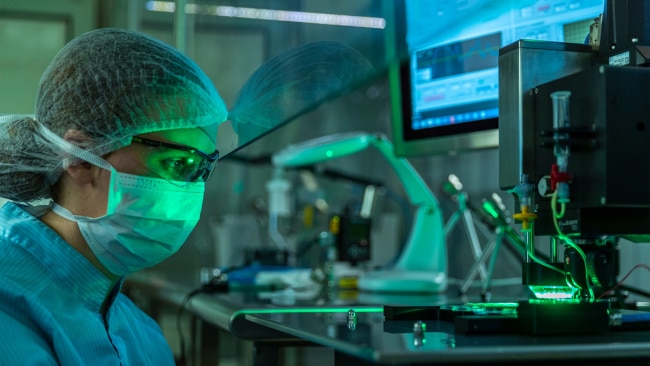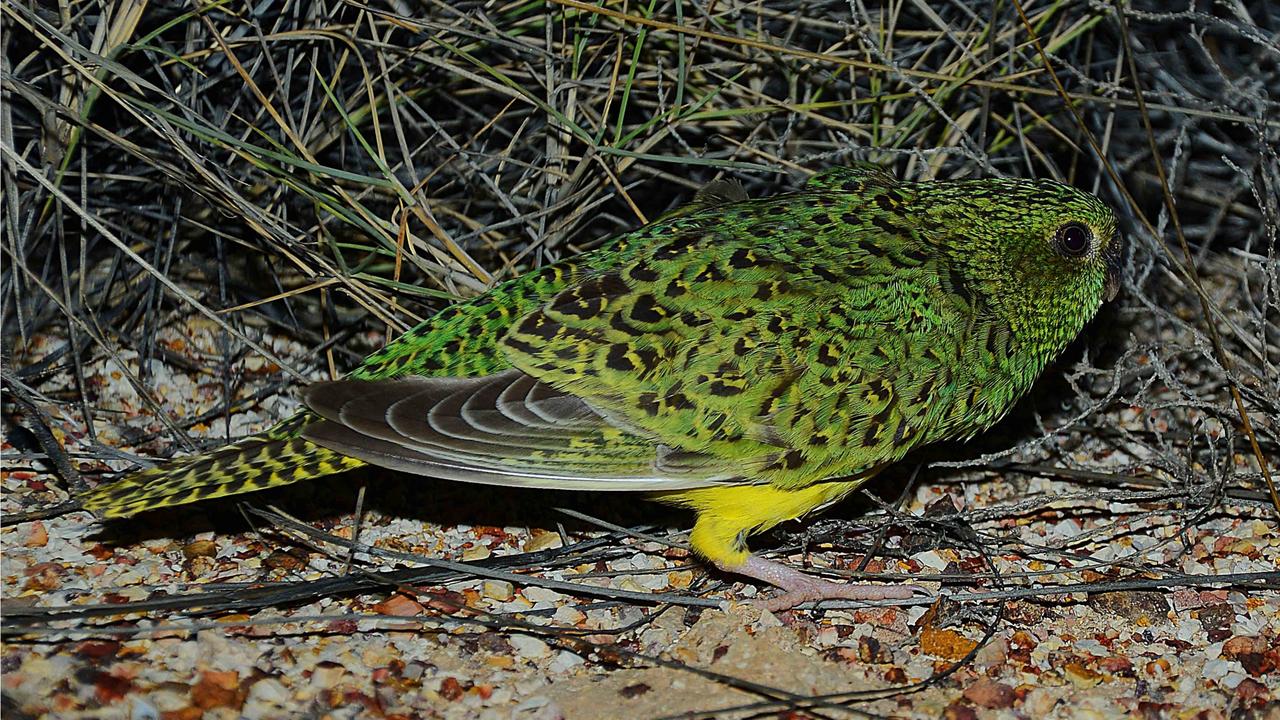Probe lands on comet in historic first
A SPACECRAFT has made history with a successful landing on the surface of a speeding comet millions of kilometres from earth.

HUNDREDS of millions of kilometres from Earth, a European spacecraft has made history with a successful landing on the icy, dusty surface of a speeding comet — an audacious first designed to answer big questions about the universe.
Scientists at the European Space Agency control room in Darmstadt, Germany, cheered and applauded when the probe began sending signals from the comet after a walking pace descent of 20km through space.
The landing of the Philae probe on comet 67P/Churyumov-Gerasimenko required immense precision, as even the slightest error could have thrown the spacecraft far off course and imperilled the mission. In the end, the touchdown of the Philae lander appeared to be almost perfectly on target, said Paolo Ferri, head of mission operations for the European Space Agency.
“Everyone cried,” he told reporters at mission control.
Scientists at the agency first had to sweat through a tense seven-hour countdown that began when Philae dropped from the agency’s Rosetta space probe as both it and the comet hurtled through space at 66,000kph.
During the lander’s descent, scientists were powerless to do anything but watch, because its vast distance from Earth — 500 million km — made it impossible to send instructions in real time.
Finally, at 4.03pm GMT (2.03am EADT), the agency received a signal that the washing machine-sized probe had touched down on the comet’s icy surface.
While further checks were needed to ascertain the state of the 100kg probe, the fact that it was resting on the surface of the comet was already a huge success, the highlight of Rosetta’s decade-long mission to study comets and learn more about the origins of these celestial bodies.
Scientists have likened the trillion or so comets in our solar system to time capsules that are virtually unchanged since the ebirth of the solar system 46 billion years ago.
“By studying one in enormous detail, we can hope to unlock the puzzle of all of the others,” said Mark McCaughrean, a senior scientific adviser to the mission.
The mission will also give researchers the opportunity to test the theory that comets brought organic matter and water to Earth billions of years ago, said Klim Churyumov, one of the two astronomers who discovered the comet in 1969.
RENDEZVOUS Rosetta begins descent to comet
INTERACTIVE: Rosetta’s comet rendezvous
WHAT NEXT? Five questions answered
Rosetta and Philae will accompany the comet as it races past the sun and becomes increasingly active in the rising temperatures. Between them, they will use 21 different instruments to collect data that scientists hope will help explain the origins and evolution of celestial bodies, and maybe even life on Earth.
Ferri said there was no time to celebrate, because the lander had only enough battery power to operate for up to 64 hours. After that it will have to recharge, using solar panels to eke out an extra hour of operations each day.
Although Philae made a gentle landing and seems to be stable, two harpoons that were meant to anchor it to the comet appeared not to have fired, he said. One thing scientists are keen to avoid is having the lander drift off into space in the comet’s low-gravity environment.
Ferri said communications with the probe needed to be stabilised, as there were intermittent connection problems after the touchdown. In the meantime, all the data that Philae collects is safely being stored for later transmission, he said.
This morning’s landing capped a 6.4 billion km journey that began a decade ago. Rosetta, which was launched in 2004, had to slingshot three times around Earth and once around Mars before it could work up enough speed to chase down the comet, which it reached in August. Rosetta and the comet have been travelling in tandem ever since.


